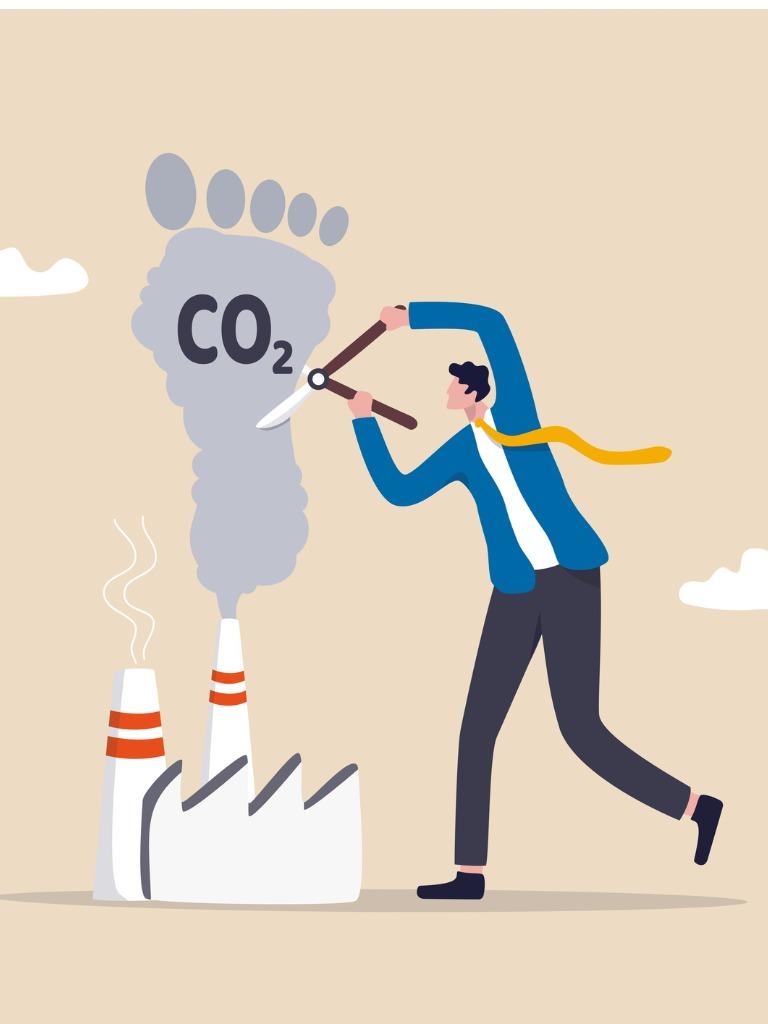Sustainability of your Supply Chain Depends on your Ability to Measure it. Here is How.
In a recent article by McKinsey & Co, a series of recommendations were made regarding reduction of carbon emission in supply chains. This included taking initiatives to build low carbon opportunities as well as creating incentives and decarbonization steps. These are all important imperatives, however not all supply chains are created equal. There needs to be a way for each supply chain to identify where 80% of the emissions are coming from and where the low hanging fruit is to reduce carbon emission. Steel industry was responsible for 11% of the total global CO2 emissions by producing 3.5 gigaton of CO2 in 2019. In the same year, Intel factories used more than three times as much water as Ford Motor Companies’ plants and twice as much hazardous waste. It is not just about how much smoke is coming out of the plants, carbon emission has to do with the number of natural resources, such as water and power, and the amount of waste that comes out. The five highest offenders are the following five industries paper, food, petroleum refineries, chemicals and metal/mineral products.
All industries are well aware of their usage of carbon emissions in their supply chain. However, they are not focused on it as they are on their cost of goods produced. When it comes to financials, every step in the supply chain is accounted for and its cost contributions are measured to see how significant they are and how and what steps can be taken to reduce the cost of each step. Examples are choices of transportation, choices of suppliers, equipment or products with highest level of carbon, or which customers are asking for products that require above average carbon footprint. Companies relate a cost to every step, big or small, in their supply chain. Why not do the same for carbon footprint of every step? we have the technology today to relate the carbon footprint to every operation in the supply chain by using carbon as an attribute of each object and performing attribute-based planning. Some suppliers are much better in their usage of carbon than others. For example, certain transportation methods and use of trucks are more efficient and more climate friendly, or customers using products that are of the highest levels of carbon emission. By allocating carbon indices to these objects in the supply chain, one can measure the carbon usage on a weekly if not daily basis. Every time that a production or supply chain plan is produced, its carbon footprint is also known and it can be projected just the same as its cost is projected.
Once such transparency is available, incentives can be provided for companies that can report how their carbon footprint is trending by eliminating or limiting products that are the biggest offenders or eliminating or replacing the older equipment and working with suppliers to bring down their carbon consumption. In the absence of such transparency, we miss immediate opportunities on a daily basis to minimize our carbon footprint in the operations. The most modern 5 nanometer semiconductor fabrication lines cost around $20B to build and use 5 times as much water as fabs used ten years ago. For example, usage of power in Fabrication lines in Taiwan is significant as a percentage of Taiwan’s total use of power between 5-10%. Can we afford the increasing use of energy over the next 20-50 years? Can we afford not building such technologically advanced products and facilities? They may be in conflict unless we put more focus on renewable energy sources and design and operate our supply chains without causing an irreversible damage to mother earth that is doing her best to continue to nurture us.



